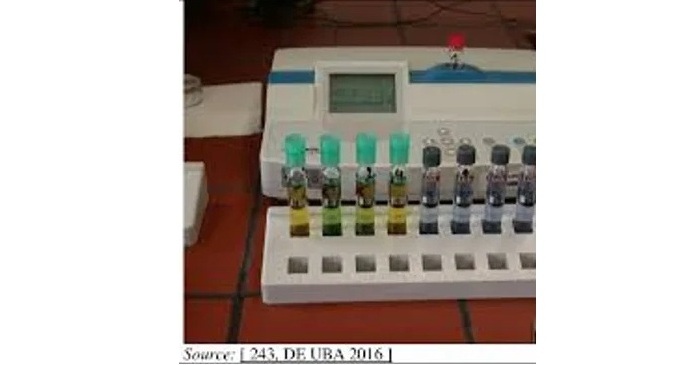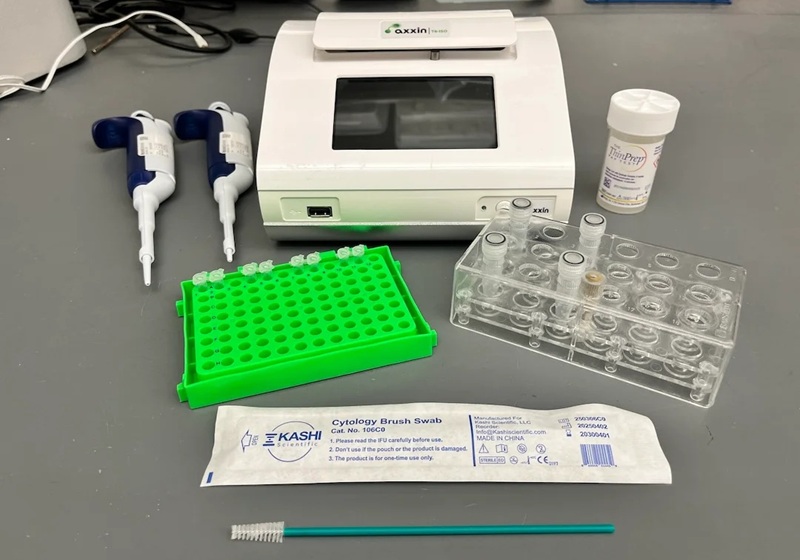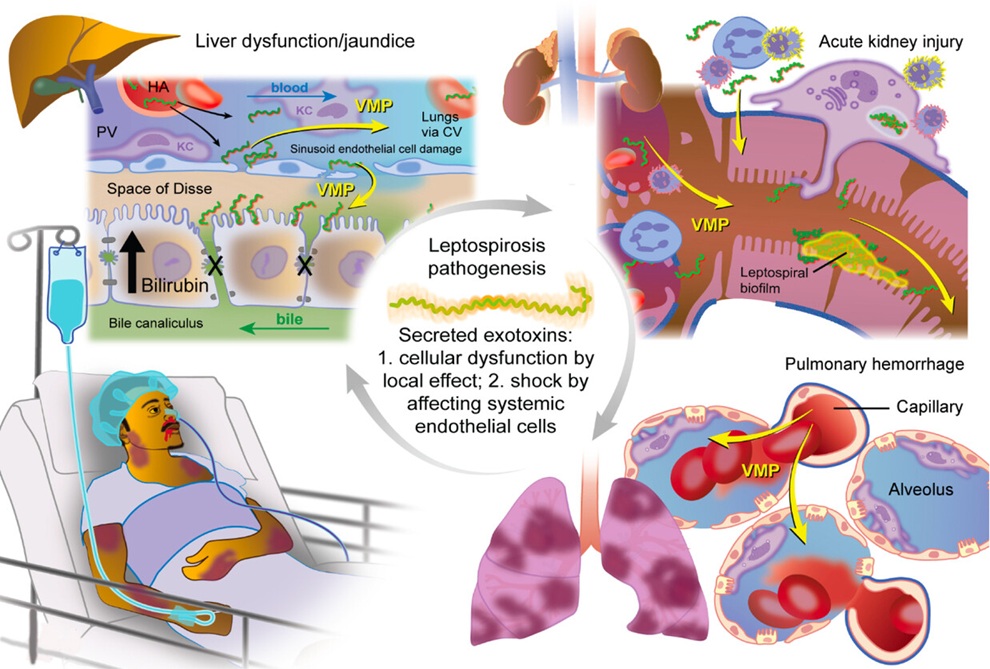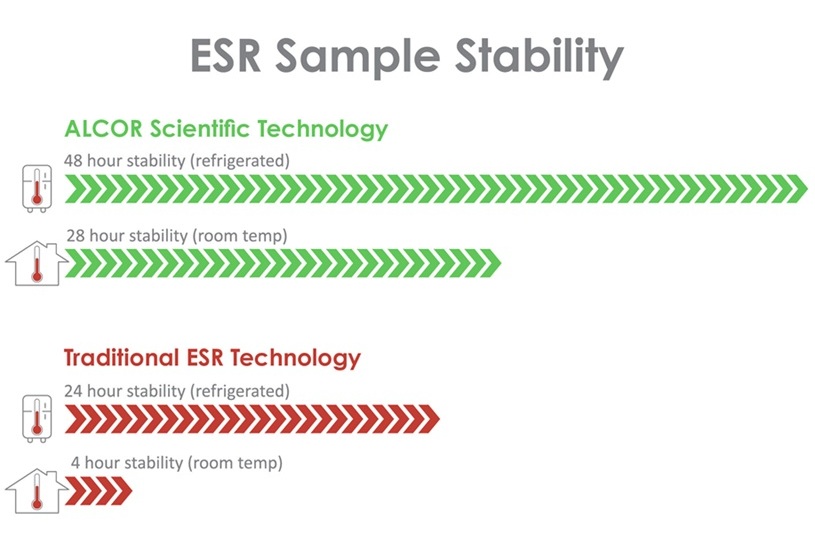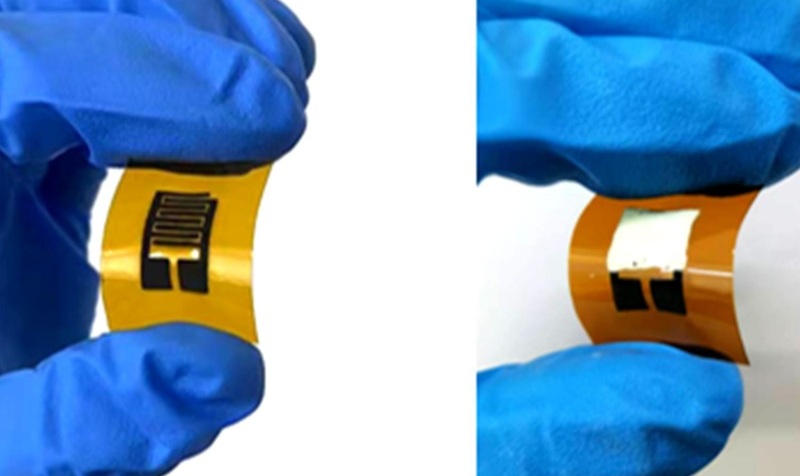Blood Sugar Levels Affect Risks in Type 1 Diabetes
|
By LabMedica International staff writers Posted on 11 Sep 2019 |
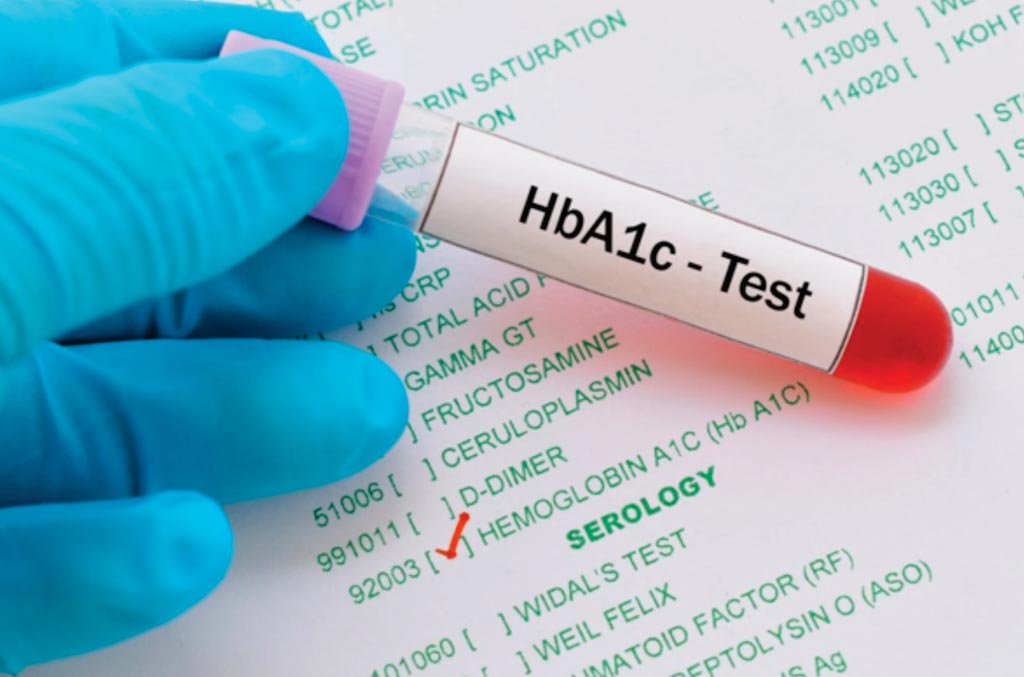
Image: A major new study on the association between blood glucose levels, including HbA1c, and risks of organ impairment in people with type 1 diabetes can make a vital contribution to diabetes care (Photo courtesy of HealthEngine).
Type 1 diabetes is the predominant form of diabetes diagnosed in childhood and is characterized by increased blood glucose levels resulting from insulin deficiency. Intensive treatment with better glycemic control has been shown to reduce the risk of retinopathy and nephropathy, with a strong association between glycated hemoglobin (HbA1c) level and diabetes complications.
The evidence for HbA1c levels and diabetes complications is interpreted differently by organizations. Reaching lower HbA1c levels requires greater effort from people with diabetes and their families and can be associated with more stress and possibly an increased risk of hypoglycemia, which in itself can be burdensome and lead to unconsciousness.
Scientists from the University of Gothenburg (Gothenburg, Sweden) and their colleagues included in a study included children and adults with a diagnosis of diabetes for five or less years when first recorded in the registries. Endpoints of retinopathy were classified as any retinopathy, preproliferative diabetic retinopathy or worse, and proliferative diabetic retinopathy. Any retinopathy included any signs of retinopathy.
Microalbuminuria was defined as two positive test results from three samples taken within one year, with an albumin:creatinine ratio of 3-30 mg/mmol or urinary albumin of 20-200 µg/min (20-300 mg/L), and macroalbuminuria as an albumin:creatinine ratio >30 mg/mmol or urinary albumin >200 µg/min (>300 mg/L). Laboratory methods at participating care units for analyzing HbA1c level and albuminuria are regularly checked with central reference samples of HbA1c and albuminuria to ensure high accuracy. The team evaluated HbA1c as a categorical variable (<6.5% (<48 mmol/mol), 6.5-6.9 (48-52 mmol/mol), 7.0-7.4% (53-57 mmol/mol), 7.5-8.6% (58-70 mmol/mol), and >8.6% (>70 mmol/mol) and estimated risk of complications in relation to HbA1c level as a continuous variable for each 1% (10 mmol/mol).
The scientists reported that the mean age of participants was 14.7 years (43.4% female), mean duration of diabetes was 1.3 years, and mean HbA1c level was 8.0% (63.4 mmol/mol). Compared with HbA1c levels 6.5-6.9%, HbA1c levels 7.0-7.4% (53-57 mmol/mol) were associated with an increased risk of any retinopathy (1.31, 1.05 to 1.64) and microalbuminuria (1.55, 1.03 to 2.32). In Sweden, the target HbA1c value in people with type 1 diabetes is 52 mmol/mol or below, and 47 or lower in children. Elsewhere in the world, the guidelines range from 48 to 58 mmol/mol, and are often higher in children than in adults.
The authors concluded that the risk of retinopathy and nephropathy did not differ at HbA1c levels <6.5% but increased for severe hypoglycemia compared with HbA1c levels 6.5-6.9%. The risk for severe complications mainly occurred at HbA1c levels >8.6%, but for milder complications was increased at HbA1c levels >7.0%.
Marcus Lind, MD, PhD, a Professor of Diabetology and first author of the study, said, “We were unable to see that fewer instances of organ damage occurred at these lower levels. As for loss of consciousness and cramp, which are unusual, low blood glucose caused a 30% rise in risk. Patients with low HbA1c need to make sure they do not have excessively low glucose levels, fluctuations or efforts in managing their diabetes.” The study was published on August 28, 2019, in the journal BMJ.
Related Links:
University of Gothenburg
The evidence for HbA1c levels and diabetes complications is interpreted differently by organizations. Reaching lower HbA1c levels requires greater effort from people with diabetes and their families and can be associated with more stress and possibly an increased risk of hypoglycemia, which in itself can be burdensome and lead to unconsciousness.
Scientists from the University of Gothenburg (Gothenburg, Sweden) and their colleagues included in a study included children and adults with a diagnosis of diabetes for five or less years when first recorded in the registries. Endpoints of retinopathy were classified as any retinopathy, preproliferative diabetic retinopathy or worse, and proliferative diabetic retinopathy. Any retinopathy included any signs of retinopathy.
Microalbuminuria was defined as two positive test results from three samples taken within one year, with an albumin:creatinine ratio of 3-30 mg/mmol or urinary albumin of 20-200 µg/min (20-300 mg/L), and macroalbuminuria as an albumin:creatinine ratio >30 mg/mmol or urinary albumin >200 µg/min (>300 mg/L). Laboratory methods at participating care units for analyzing HbA1c level and albuminuria are regularly checked with central reference samples of HbA1c and albuminuria to ensure high accuracy. The team evaluated HbA1c as a categorical variable (<6.5% (<48 mmol/mol), 6.5-6.9 (48-52 mmol/mol), 7.0-7.4% (53-57 mmol/mol), 7.5-8.6% (58-70 mmol/mol), and >8.6% (>70 mmol/mol) and estimated risk of complications in relation to HbA1c level as a continuous variable for each 1% (10 mmol/mol).
The scientists reported that the mean age of participants was 14.7 years (43.4% female), mean duration of diabetes was 1.3 years, and mean HbA1c level was 8.0% (63.4 mmol/mol). Compared with HbA1c levels 6.5-6.9%, HbA1c levels 7.0-7.4% (53-57 mmol/mol) were associated with an increased risk of any retinopathy (1.31, 1.05 to 1.64) and microalbuminuria (1.55, 1.03 to 2.32). In Sweden, the target HbA1c value in people with type 1 diabetes is 52 mmol/mol or below, and 47 or lower in children. Elsewhere in the world, the guidelines range from 48 to 58 mmol/mol, and are often higher in children than in adults.
The authors concluded that the risk of retinopathy and nephropathy did not differ at HbA1c levels <6.5% but increased for severe hypoglycemia compared with HbA1c levels 6.5-6.9%. The risk for severe complications mainly occurred at HbA1c levels >8.6%, but for milder complications was increased at HbA1c levels >7.0%.
Marcus Lind, MD, PhD, a Professor of Diabetology and first author of the study, said, “We were unable to see that fewer instances of organ damage occurred at these lower levels. As for loss of consciousness and cramp, which are unusual, low blood glucose caused a 30% rise in risk. Patients with low HbA1c need to make sure they do not have excessively low glucose levels, fluctuations or efforts in managing their diabetes.” The study was published on August 28, 2019, in the journal BMJ.
Related Links:
University of Gothenburg
Latest Pathology News
- AI Tool Helps Surgeons Distinguish Aggressive Glioblastoma from Other Brain Cancers in Real-Time
- New Tool Could Revolutionize Acute Leukemia Diagnosis
- New Microscope Promises to Speed Up Medical Diagnostics
- ESR Testing Breakthrough Extends Blood Sample Stability from 4 to 28 Hours
- Accurate Pathological Analysis Improves Treatment Outcomes for Adult Fibrosarcoma
- Clinicopathologic Study Supports Exclusion of Cervical Serous Carcinoma from WHO Classification
- Mobile-Compatible AI-Powered System to Revolutionize Malaria Diagnosis
- Compact AI-Powered Microscope Enables Rapid Cost-Effective Cancer Scoring
- New Method Enables Precise Detection of Nanoplastics in Body
- AI-Powered Tool Improves Cancer Tissue Analysis
- AI Platform Uses 3D Visualization to Reveal Disease Biomarkers in Multiomics Data
- AI Tool Detects Early Signs of Blood Mutations Linked to Cancer and Heart Disease
- Multi-Omics AI Model Improves Preterm Birth Prediction Accuracy
- AI-Based Approach Diagnoses Colorectal Cancer from Gut Microbiota
- Topical Fluorescent Imaging Technique Detects Basal Cell Carcinoma
- AI Detects Early Prostate Cancer Missed by Pathologists
Channels
Molecular Diagnostics
view channelSimple Blood Test Identifies Metabolic Signature of Healthier Aging
Exercise has long been known to protect mobility and reduce the risk of chronic disease, but the molecular processes that translate activity into healthier aging have remained unclear. Researchers have... Read more
Rapid Blood Tests Differentiate Schizophrenia and Bipolar Disorder
Schizophrenia (SZ) and bipolar disorder (BD) affect millions of Americans but are often difficult to distinguish due to overlapping symptoms. Current diagnostic methods rely heavily on subjective assessments... Read moreHematology
view channel
Viscoelastic Testing Could Improve Treatment of Maternal Hemorrhage
Postpartum hemorrhage, severe bleeding after childbirth, remains one of the leading causes of maternal mortality worldwide, yet many of these deaths are preventable. Standard care can be hindered by delays... Read more
Pioneering Model Measures Radiation Exposure in Blood for Precise Cancer Treatments
Scientists have long focused on protecting organs near tumors during radiotherapy, but blood — a vital, circulating tissue — has largely been excluded from dose calculations. Each blood cell passing through... Read more
Platelets Could Improve Early and Minimally Invasive Detection of Cancer
Platelets are widely recognized for their role in blood clotting and scab formation, but they also play a crucial role in immune defense by detecting pathogens and recruiting immune cells.... Read more
Portable and Disposable Device Obtains Platelet-Rich Plasma Without Complex Equipment
Platelet-rich plasma (PRP) plays a crucial role in regenerative medicine due to its ability to accelerate healing and repair tissue. However, obtaining PRP traditionally requires expensive centrifugation... Read moreImmunology
view channel
Novel Tool Predicts Most Effective Multiple Sclerosis Medication for Patients
Multiple sclerosis (MS) is a chronic autoimmune and degenerative neurological disease that affects the central nervous system, leading to motor, cognitive, and mental impairments. Symptoms can include... Read more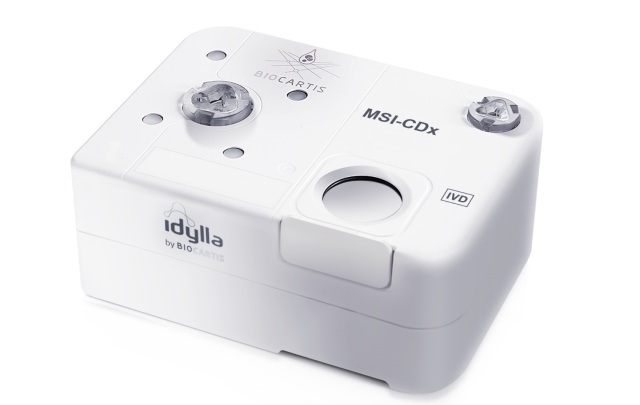
Companion Diagnostic Test for CRC Patients Identifies Eligible Treatment Population
Colorectal cancer remains one of the leading causes of cancer-related deaths worldwide, and identifying which patients will benefit most from targeted immunotherapies is critical. Existing diagnostic methods... Read more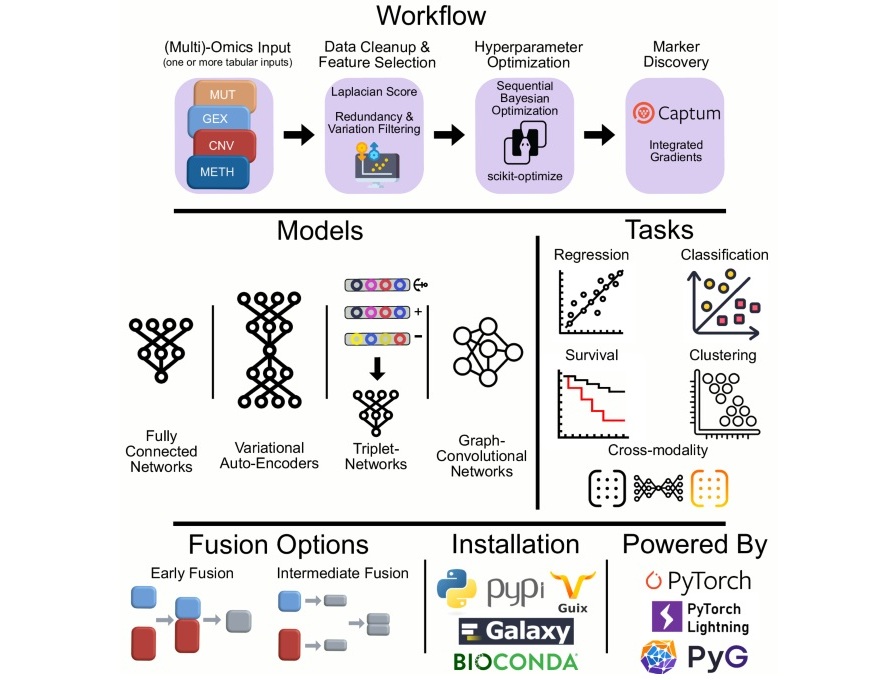
Novel Tool Uses Deep Learning for Precision Cancer Therapy
Nearly 50 new cancer therapies are approved each year, but selecting the right one for patients with highly individual tumor characteristics remains a major challenge. Physicians struggle to navigate the... Read more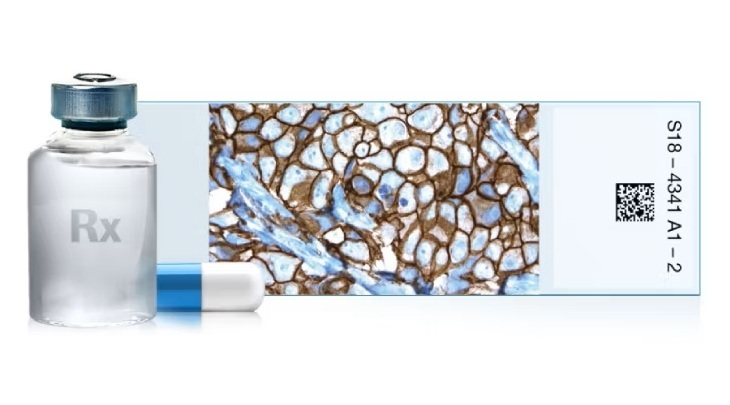
Companion Diagnostic Test Identifies HER2-Ultralow Breast Cancer and Biliary Tract Cancer Patients
Breast cancer is the most common cancer in Europe, with more than 564,000 new cases and 145,000 deaths annually. Metastatic breast cancer is rising in younger populations and remains the leading cause... Read moreMicrobiology
view channel
Fast Noninvasive Bedside Test Uses Sugar Fingerprint to Detect Fungal Infections
Candida bloodstream infections are a growing global health threat, causing an estimated 6 million cases and 3.8 million deaths annually. Hospitals are particularly vulnerable, as weakened patients after... Read more
Rapid Sepsis Diagnostic Device to Enable Personalized Critical Care for ICU Patients
Sepsis is a life-threatening condition that occurs when the body’s response to infection spirals out of control, damaging organs and leading to critical illness. Patients often arrive at intensive care... Read morePathology
view channel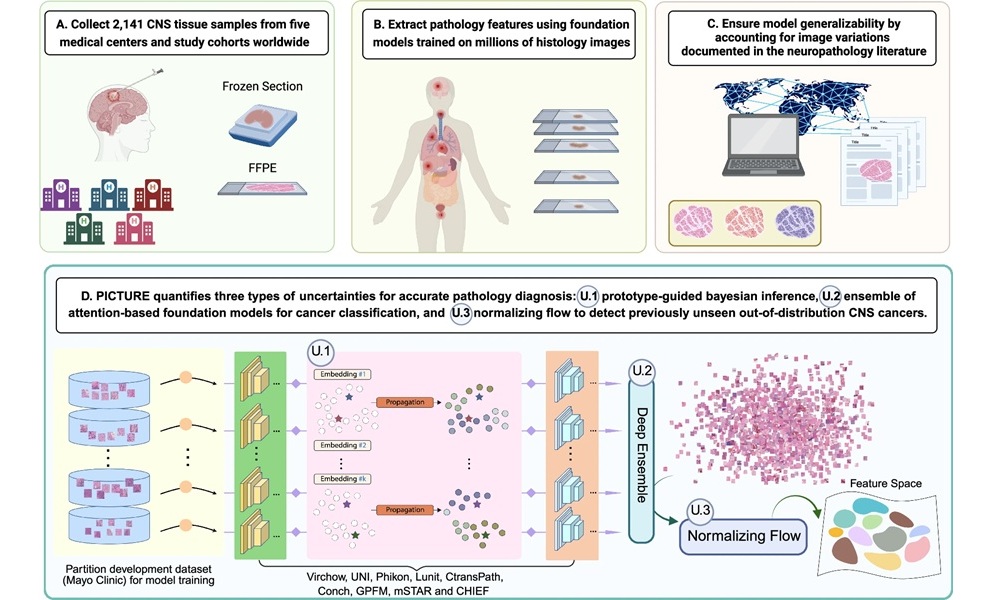
AI Tool Helps Surgeons Distinguish Aggressive Glioblastoma from Other Brain Cancers in Real-Time
Accurately distinguishing between brain tumors during surgery is one of the toughest diagnostic challenges in neuro-oncology. Glioblastoma, the most common and aggressive brain tumor, often appears similar... Read more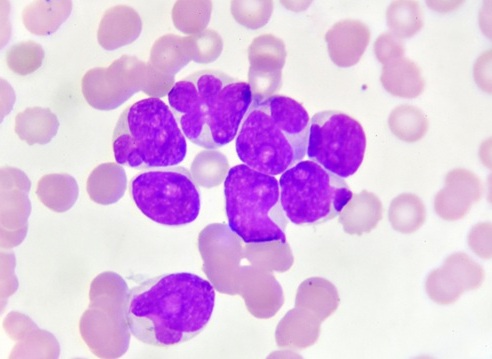
New Tool Could Revolutionize Acute Leukemia Diagnosis
Acute leukemia is a highly aggressive blood cancer that requires rapid and accurate diagnosis to guide treatment decisions. Current diagnostic methods, which rely on molecular and cytogenetic testing,... Read moreTechnology
view channel
Hybrid Pipette Combines Manual Control with Fast Electronic Aliquoting
Manual pipettes offer the control needed for delicate tasks such as mixing or supernatant removal, but typically fall short in repetitive workflows like aliquoting. Electronic pipettes solve this problem... Read more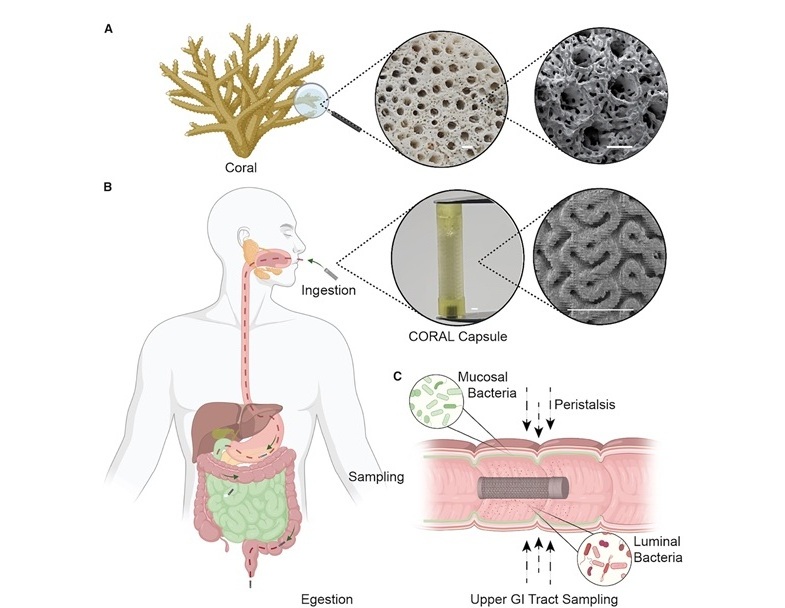
Coral-Inspired Capsule Samples Hidden Bacteria from Small Intestine
The gut microbiome has been linked to conditions ranging from immune disorders to mental health, yet conventional stool tests often fail to capture bacterial populations in the small intestine.... Read more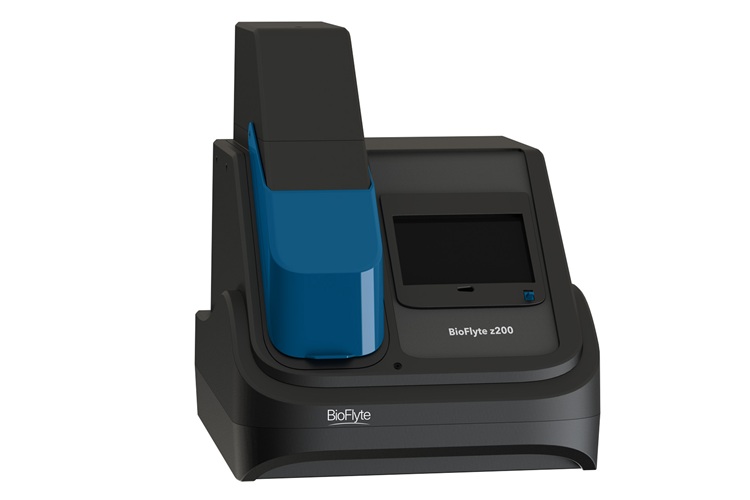
Rapid Diagnostic Technology Utilizes Breath Samples to Detect Lower Respiratory Tract Infections
Respiratory tract infections (LRTIs) are leading causes of illness and death worldwide, particularly among vulnerable populations such as the elderly, young children, and those with compromised immune systems.... Read moreIndustry
view channelELITech and Hitachi High-Tech to Develop Automated PCR Testing System for Infectious Diseases
Molecular testing has become central to diagnosing and monitoring infectious diseases by analyzing genetic information. The use of PCR during the COVID-19 pandemic showed its value, but traditional systems... Read more